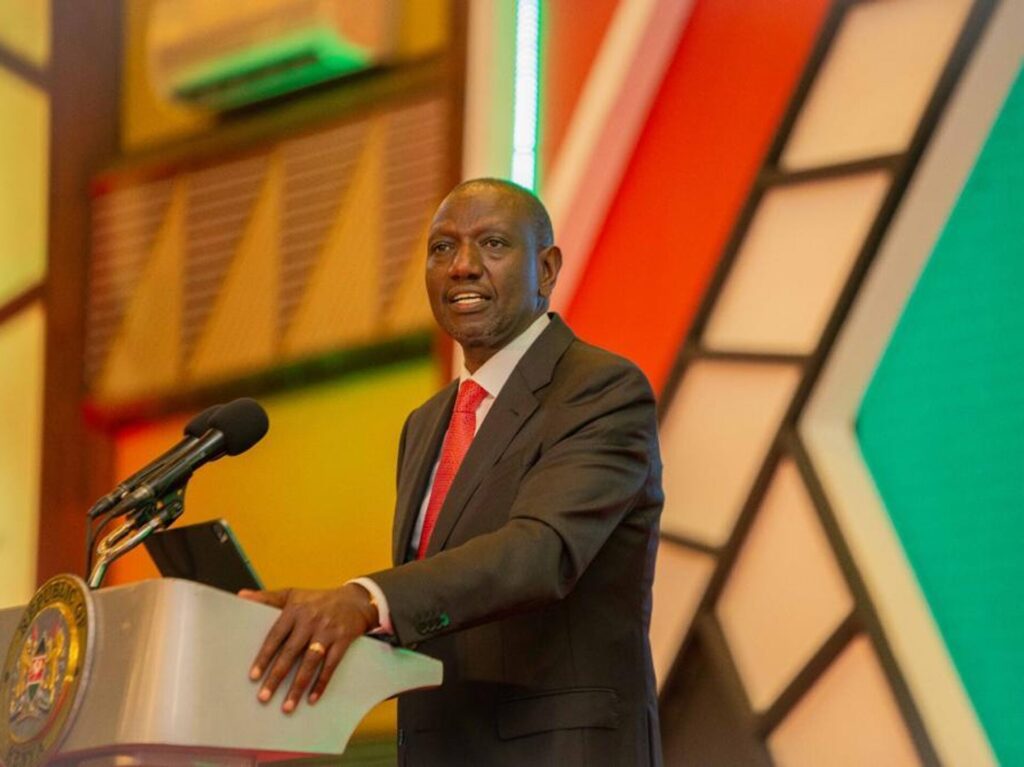The International Monetary Fund (IMF) has lauded Kenya’s move to join the Pan-African Payments and Settlement System (Papps), terming it a step in the right direction in addressing foreign-exchange-related challenges in frontier markets.
Kenya joined Papps on September 29, after the Central Bank signed the instruments of accession.
The arrangement is billed as a game changer in facilitating cross-border trade in local currencies.
Currently, 10 economies are part of Papps, a brainchild of the African Continental Free Trade Area Secretariat and Afrexim Bank, which went live in 2021. The other countries are Nigeria, Ghana, Liberia, Guinea, Gambia, Sierra Leone, Djibouti, Zimbabwe and Zambia.
“We are very positive on the Pan-African Payments System both for helping in the addressing of foreign exchange challenge and also the general addition to efficiency and the ability to work on cross-border transactions and support more intra-regional trade,” IMF deputy director for Africa, Catherine Pattillo
The praise notwithstanding, the IMF states that economies such as Kenya should maintain focus on allowing foreign exchange to float freely, providing what has been termed as a shock absorber.
According to data from the Central Bank of Kenya, the shilling has depreciated by 20.8 percent since the start of 2023 to exchange currently at 149 units to the US dollar. This rate differs from that prevailing in the market which has been reported at rates as high as 153.
Forex challenges
“The foreign exchange difficulties that a number of countries have been having are also related to the need for more exchange rate adjustment which can address some of the underlying fundamentals. That greater adjustment can help with countries that have got to the extreme of requiring to look into foreign exchange rationing or restrictions which just hinder the ability of the private sector to have the forex needed to operate, hinders investors’ interests and so it can hinder both growth and also the availability of funding,” Pattillo says.
Hard currency
Rapid depreciation of local currencies, and inaccessibility of hard currency, have presented a significant challenge for African economies with regard to servicing foreign currency denominated debt. In the current financial year, Kenya’s external debt obligations stand at Ksh622.5 billion ($4.17 bilion), 76.4 percent of which is redemptions including the $2 billionEurobond maturing in June 2024.
Source: The East African


